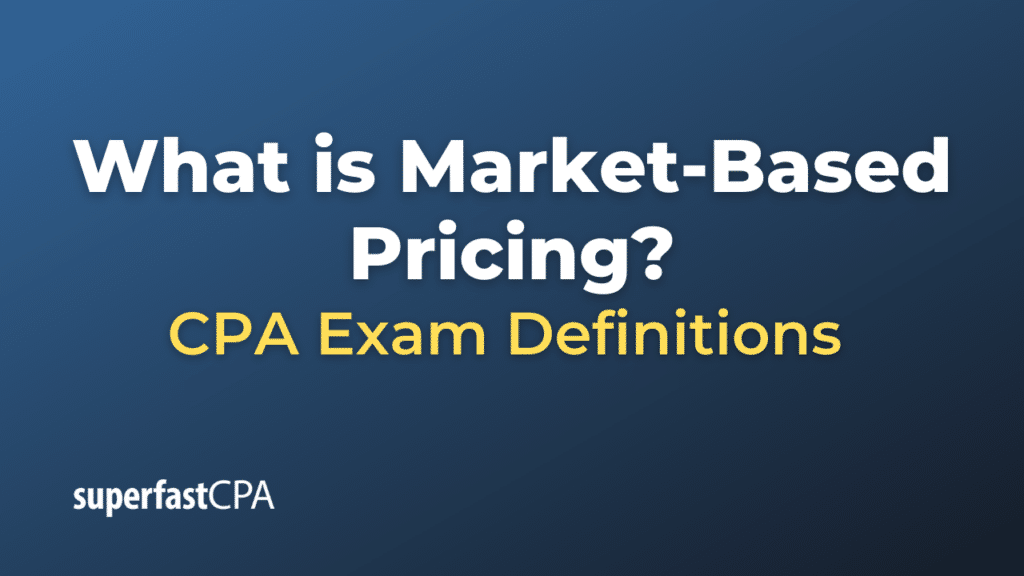Market-Based Pricing
Market-based pricing is a method of setting prices based on the market conditions such as supply, demand, and competition rather than on the cost of production or personal value judgments.
In this pricing strategy, a company determines the price of its product or service based on what the market is willing to pay. This can be done by researching the prices of similar products or services in the market, conducting customer surveys, or using other market research methods.
Market-based pricing is often used in highly competitive markets where products are similar, and consumers have a choice. The price is typically set to match or beat competitors’ prices in order to attract customers.
The advantage of this method is that it takes into account what customers are willing to pay and the competitive landscape. The downside is that it might not adequately cover costs or achieve desired profit margins if market conditions force prices to be low.
It’s important to note that market-based pricing is not the only method of pricing, and many businesses use a combination of cost-based pricing, value-based pricing, and market-based pricing to determine their final price.
Example of Market-Based Pricing
Let’s consider the smartphone market as an example of market-based pricing.
Suppose you’re a smartphone manufacturer planning to launch a new model. Before you set a price, you look at the competition. You notice that similar models from other manufacturers with comparable features are priced around $600 to $700.
Even though the cost of producing your smartphone, including components, labor, marketing, and other expenses, amounts to $400 per unit, you don’t simply add a standard markup to this cost to set your price (which would be a cost-based pricing strategy).
Instead, considering the market conditions and competitive landscape, you decide to price your new smartphone model at $650. This price is competitive with other similar models on the market, and it’s a price that you believe consumers will be willing to pay given the features and brand value your smartphone offers.
In this example, you’ve used market-based pricing, because you’ve set your price based on what the market (i.e., consumers buying smartphones) is willing to pay and the prices set by your competitors, rather than solely on your cost of production.
Keep in mind this is a simplified example, and real-world pricing decisions often involve more complex considerations, including brand positioning, market segmentation, and long-term business strategy.













